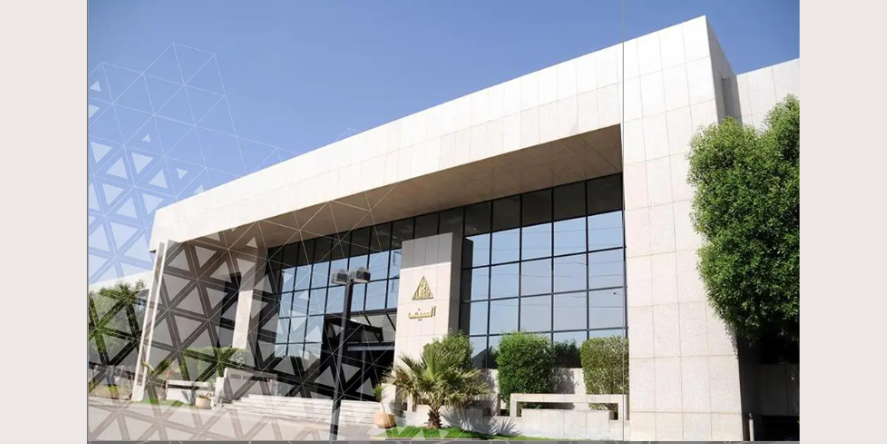Operating a fleet of heavy vehicles for property building projects in Australia presents unique challenges and safety considerations. Heavy vehicles are integral to construction projects, facilitating the movement of materials and equipment, but their operation demands stringent safety measures to protect workers, the public, and the environment. Here’s a comprehensive guide on how to ensure safety when managing such fleets.
Regulatory Compliance and Standards
In Australia, the operation of heavy vehicles is governed by various regulations and standards to ensure safety. The National Heavy Vehicle Regulator (NHVR) oversees these regulations. Fleet operators must comply with the Heavy Vehicle National Law (HVNL), which includes guidelines on vehicle maintenance, driver qualifications, and fatigue management. You can find out more about these requirements and ensure you are prepared by turning to JMH Training.
Key Actions:
- Ensure all vehicles are registered and comply with the Australian Design Rules (ADRs).
- Regularly review and update your knowledge of the NHVR Guidelines.
- Ensure that all documentation, including inspection reports and driver records, is accurate and up-to-date.
Vehicle Maintenance and Inspections
Regular maintenance and inspections prevent mechanical failures that can lead to accidents. Implement a rigorous maintenance schedule for each vehicle in your fleet.
Key Actions:
- Come up with a preventive maintenance program that includes routine checks on brakes, tires, lights, and other critical systems.
- Conduct thorough inspections before and after each shift.
- Address any reported issues immediately and keep detailed maintenance records.
Driver Training and Certification
Drivers of heavy vehicles must possess appropriate certifications and training. In Australia, this typically includes a Heavy Vehicle License and specific training for the vehicle being operated.
Key Actions:
- Ensure all drivers hold the necessary licenses and have undergone specialized training.
- Provide regular refresher courses on safety practices, vehicle handling, and emergency procedures.
- Implement a system to assess driver performance and address any areas of concern.
Fatigue Management
Fatigue is a significant risk factor in the operation of heavy vehicles. Long hours and irregular schedules can impair a driver’s ability to operate a vehicle safely.
Key Actions:
- Develop and enforce a fatigue management plan that includes regulated rest periods.
- Monitor driver schedules to ensure compliance with fatigue management regulations.
- Promote a culture of safety where drivers feel empowered to take breaks without fear of reprisal.
Safety Equipment and Technology
Modern technology can enhance safety. Equipment such as GPS tracking, collision avoidance systems, and telematics can improve safety outcomes.
Key Actions:
- Equip vehicles with advanced technologies such as lane departure warnings and automatic braking systems.
- Utilize GPS tracking to monitor vehicle locations and driver behavior.
- Implement telematics systems to track vehicle performance and identify issues early.
Site Safety and Vehicle Interaction
Construction sites are dynamic environments where heavy vehicles interact with other equipment and personnel. Effective site management is crucial to preventing accidents.
Key Actions:
- Develop and enforce a comprehensive site safety plan that includes vehicle movement protocols.
- Ensure that construction sites have appropriate signage and barriers.
- Implement a system for coordinating vehicle movements with site activities.
Emergency Preparedness
Accidents and emergencies can occur despite all precautions. Being prepared can minimize the impact and ensure a swift response.
Key Actions:
- Have an emergency response plan that includes procedures for accidents, vehicle breakdowns, and hazardous material spills.
- Carry out regular drills to ensure all are familiar with emergency procedures.
- Equip vehicles with emergency kits, including communication devices.
Environmental Considerations
Heavy vehicles can have significant environmental impacts, including noise, emissions, and soil disturbance. Managing these impacts is essential for safety and regulatory compliance.
Key Actions:
- Ensure vehicles are regularly maintained to reduce emissions and noise.
- Implement practices to manage soil erosion and sediment runoff.
- Comply with local environmental regulations and standards.
Communication and Reporting
Regular reporting and open lines of communication can help pinpoint and address potential safety issues promptly.
Key Actions:
- Establish clear communication channels for reporting safety concerns, incidents, and near-misses.
- Encourage a culture where workers and drivers can share safety observations and suggestions.
- Review incident reports regularly to identify patterns and implement corrective actions.
Continuous Improvement
Safety is an ongoing process that requires regular evaluation. Continuously assess and refine your safety practices to adapt to new challenges.
Key Actions:
- Conduct regular safety audits and risk assessments to identify areas for improvement.
- Stay informed about advancements in vehicle safety technology and industry best practices.
- Foster a culture of continuous improvement where feedback is actively sought and implemented.
Driver Health and Wellness
The health and wellness of drivers play a crucial role in maintaining safety on the road. Heavy vehicle operators face physical and mental challenges that can impact their performance and overall safety.
Key Actions:
- Promote Healthy Lifestyles: Encourage drivers to maintain a healthy diet, exercise regularly, and manage stress. Providing access to wellness programs or resources can support this.
- Regular Health Checks: Implement routine health checks to monitor conditions that could affect driving, such as hypertension, diabetes, or sleep apnea.
- Mental Health Support: Offer support for mental health by providing access to counseling services or stress management resources. A healthy mind contributes to better decision-making and reduced fatigue.
- Work-Life Balance: Foster a balanced work-life environment to prevent burnout and ensure drivers can perform optimally. This includes manageable schedules and adequate time off.
By addressing the health and wellness of drivers, fleet operators not only improve safety but also enhance overall productivity and job satisfaction. Ensuring drivers are in good health supports their ability to handle the demands of operating heavy vehicles and contributes to a safer working environment for everyone involved.
Conclusion
Ensuring safety when operating a fleet of heavy vehicles in property building projects requires a multifaceted approach that includes regulatory compliance, vehicle maintenance, driver training, and effective site management. By implementing robust safety measures and fostering a culture of continuous improvement, fleet operators can mitigate risks and contribute to safer construction environments. Regularly reviewing and updating safety practices will help in adapting to new challenges and maintaining high safety standards in the dynamic field of construction.
Blog Received on Mail











